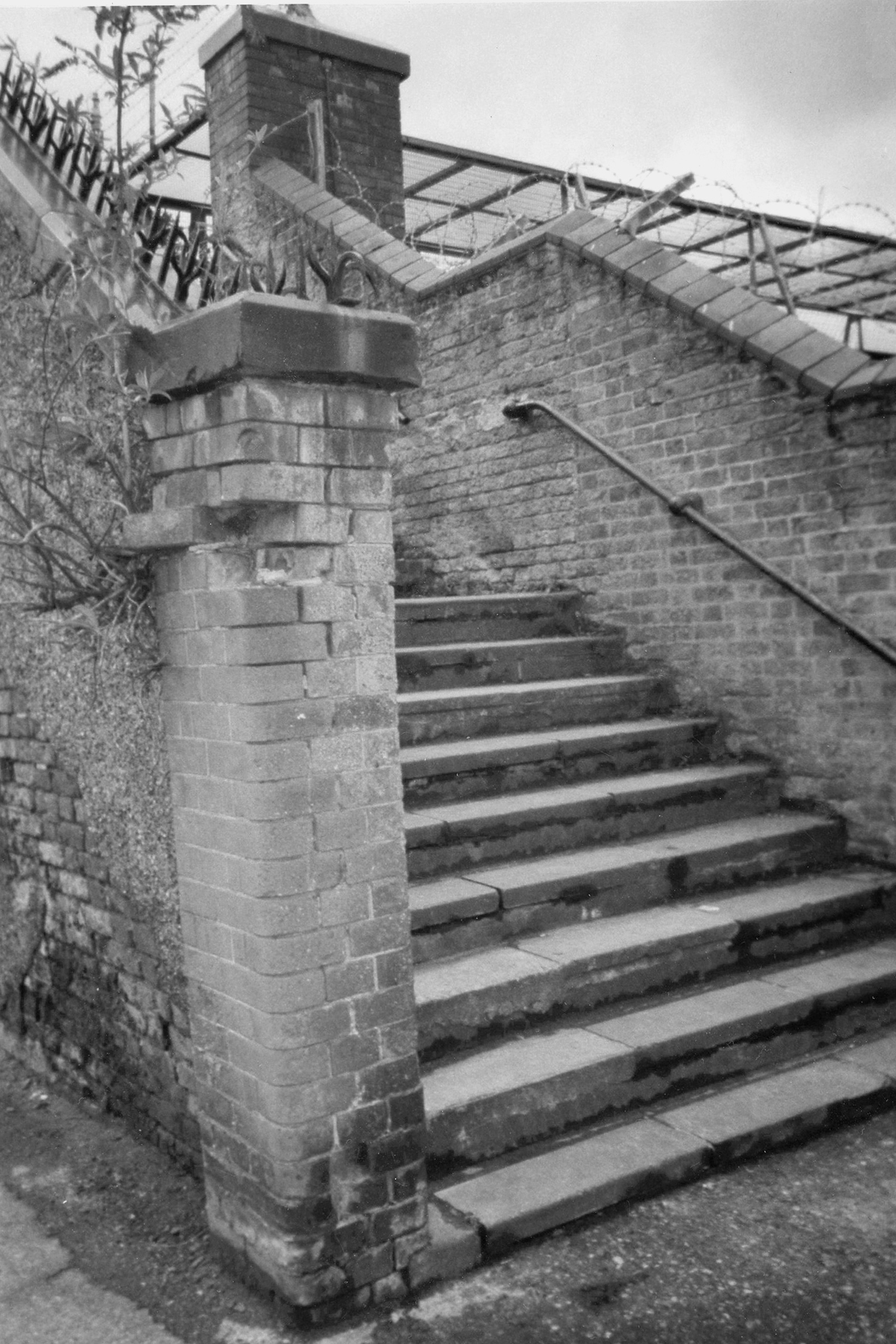Motorcycle in Repose: 4 Images of the Pre-Regenerated Aberfeldy Estate
Sometime in the late 1990s, James Watters – a life-long resident of Poplar, east London - took a walk around the Aberfeldy Estate with a disposable camera. He took photos of some of the things he came across: a crumbling brick wall one side of a railway bridge; an abandoned motorcycle in the middle of the path; graffiti memorialising The Beatles on the back of an electrical substation; one of the gas holders of the Leven Road gas works. Ordinary things, which with the passing of time have acquired additional significance.
The lead image features an abandoned motorcycle - “motorcycle in repose”:
“Something’s been discarded and not cared for, just like the neighbourhood was back then.”
After decades of economic decline, following the closing of the docks and surrounding industry, today ‘the Aberfeldy’ (as it is known locally) is in the process of a comprehensive redevelopment or ‘regeneration’, with the phased demolition of most of the existing social housing and its replacement with a larger, mixed tenure development renamed ‘Aberfeldy Village’. In the process the gas cylinder, substation and railway bridge have all disappeared, as have other important landmarks: blocks of flats, pubs and several shops on a formerly busy local high street.
The images evoke for James strong, conflicting feelings. No-one wants to live in a place that is “discarded and not cared for” but the new development doesn’t sit quite right with him either. It has become so residential: lots of new accommodation, but fewer social and community spaces – particularly pubs - where one might meet friends and neighbours. Everything has been cleaned up; but who for?
“Even when I walk through [Aberfeldy Village] I feel like I have to walk in a straight line... There’s something precious about someone chucking a motorbike on the ground and just saying – ‘fuck it’.”
The images anticipate the changes now taking place, but only retrospectively. James never set out to document the changes taking place in his local area, but with the passing of time the images have become a personal and historical record of a disappearing cultural landscape.





